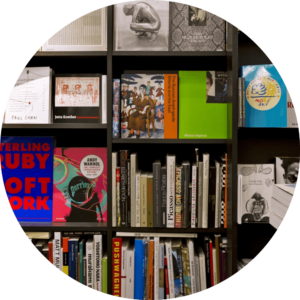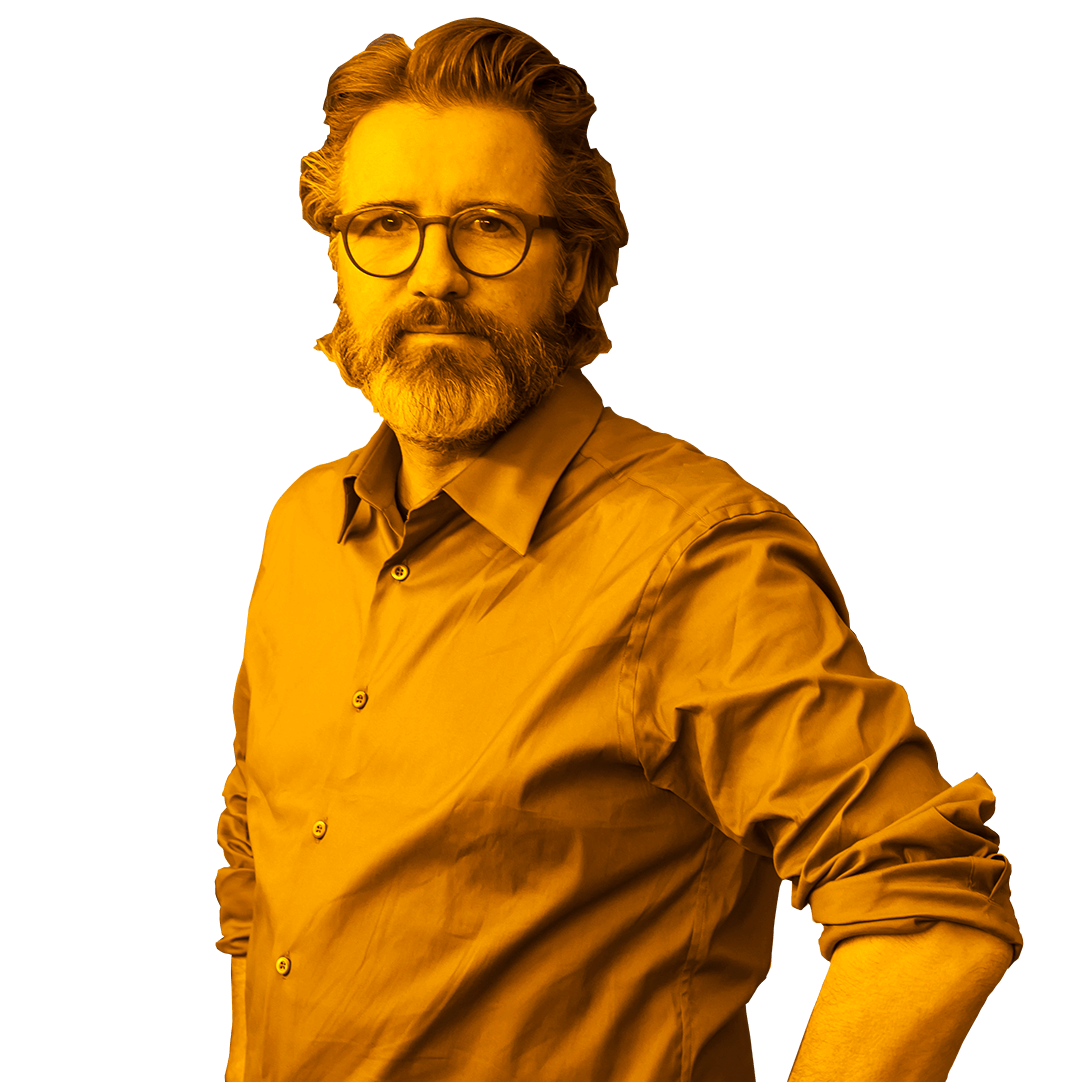The Serpentine Gallery
Kensington Gardens
London W2 3XA
United Kingdom
Han’s has been the director of the Serpentine gallery since 2005, and he continues to produce an ever-innovative programme. Stroll through Hyde Park to the Serpentine Galleries, where they present a year-round free programme of exhibitions. You don’t just have to be a student to get in for free at the Serpentine- they appreciate that art should be accessible to all. Afterwards, why not stroll back through the park, and if it is during the warmer months, grab a delicious ice cream at the Colicci Serpentine Lido, and sit overlooking the lake.
The serenity of Sils Maria is hard to match. Sitting between Lake Sils and Lake Silvaplana, this peaceful little village is the most picturesque backdrop in both the sunnier months and winter. With fans such as Hans, David Bowie and philosopher Friedrich Nietzsche, we trust that it will not disappoint. Going skiing during the winter, or hiking in the summer, and if you are after a bit of culture, have a look at the Nietzsche House, a small museum where Nietzche was thought to have enjoyed eating his meals when visiting.
Mount Tamalpais
California
United States
Mount Tamalpais is just north of San Francisco’s Golden Gate Bridge. With breathtaking views of sweeping hillsides, red forests, and woodlands, submerge yourself in nature. Enjoy hiking, picnicking, fishing, or even set up an easel and do some sketching or painting- the view alone is worth the visit.
There is nowhere in the world that you could compare to Antarctica. Surrounded by the bright white snow, ice, and dark blue water; enter into a territory which will feel utterly surreal. Home to an array of beautiful species, such as; whales, seals, the emperor penguin, thousands of seabirds, albatrosses, and many more, your eyes won’t know where to look. The experience will ground you, and make you realise that we are only one small part of a vast and beautiful world.
The Metropolitan Museum of Art
1000 5th Ave
10028 New York
United States
Founded in 1870, The Met should definitely be on your list of places to visit when in NY. The beauty of the architectural design is enough to stand outside and admire, and the exhibitions curated each year are breathtaking. It is worth visiting the Making The Met, 1870–2020, an exhibition that is currently on show to celebrate their 150th anniversary. Put aside at least one afternoon, and travel through the Met’s extensive history with almost 250 works on display.
Kyungsoo Monastery
Tongdosa
South Korea
Kyungsoo Monastery is one of seven Buddhist mountain monasteries in Sansa. Sacred places of worship, each monastery is used for daily religious practice. Influenced not only by Buddhism but other indigenous religions, these monasteries are different in design from others. Nestled into the green mountainous landscape, truly immerse yourself in the culture and spend a couple of days staying in one of the monasteries and live like a Buddhist.
Abbey Library of St Gallen
Klosterhof 6D
9000 St Gallen
Switzerland
One of the oldest and most beautiful libraries in the world, The Abbey Library is a medieval monastic library that houses books from as early as the 8th century. You will discover treasures that you won’t find anywhere else. With beautifully decorated walls, ceilings and floors, it is not only the books that will take your breath away.
Just a few miles from the beach of Positano, the Li Galli islands, where according to legends, the temptress sirens once stood, is a beautiful collection of rocky islands. To enjoy the beauty of the Amalfi Coast with a bit more serenity, this is the place to go.
L’Arlatan
20 Rue du Sauvage
13200 Arles
France
This colourful hotel filled with works by Cuban-born American artist Jorge Pardo is a feast for the eyes. With carefully selected artworks adorning the walls, and decorative tiles under your feet, step into a land of patterns and colour. Dating back to the 5th century, Pardo with the help of his team carefully designed the hotel into a joyous and uplifting space.
Walther Koenig Books Ltd
Serpentine Gallery
Kensington Gardens
W23XA London
United Kingdom
Han’s has written over 360 books, but he also buys at least one book a day. And if you are looking for a particular book specialising in art, architecture and photography tomes, Koenig Bookshop is the place to go. Just next to Serpentine Gallery, it is the perfect play to paroos for creative inspiration after visiting an exhibition.






























